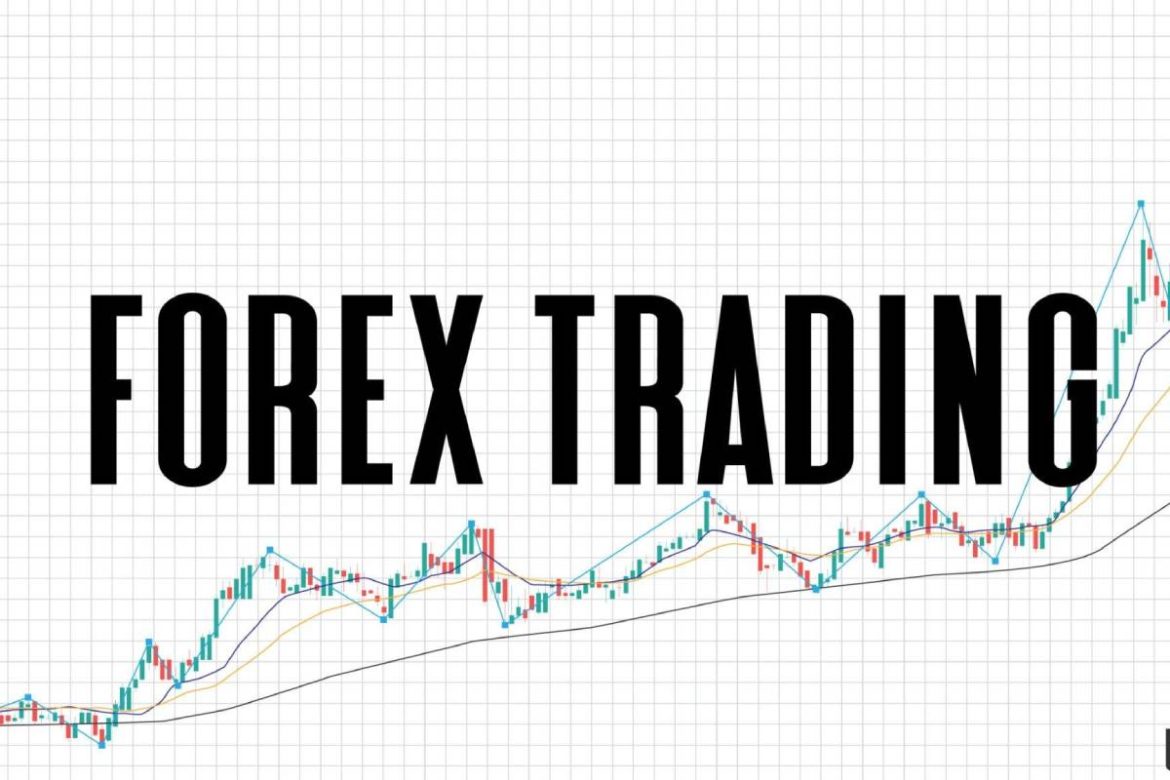Avoid Forex Slippage When Trading – Are you frustrated with seemingly random changes in the bid and ask price of your currency pairs? Do you feel that even after spending countless hours analyzing a forex market, sometimes you’re still not getting the most out of your trade? If so, then you are likely experiencing forex slippage. Fortunately, there are ways to reduce risk exposure and avoid these unpredictable variations. Keep reading to learn some of our tested tips and tricks on how to deal with forex slippage when trading. Automated Trading Solutions are technological systems that use software, algorithms, and artificial intelligence to automate repetitive or complex processes in financial trading and trade finance.
Table of Contents
Use A Broker That Offers Low Spreads And A Fast Execution Time.
Whether you are a day trader focusing on small moves in the market or an experienced investor taking advantage of long-term growth, one element that should be paramount when selecting an online broker: getting the best prices with rapid execution time. When it comes to financial investing, it is crucial to have access to low spreads and execute trades quickly before prices change significantly.
That’s why savvy investors turn to brokers who offer these features: low spreads and fast execution so they can remain agile and maximize their profits. Investing through a broker that provides low spreads and fast execution times gives you the edge in today’s dynamic markets.
Make Sure You Place Your Order Outside Of Market Hours
Placing your order during market hours can be a risky endeavor. Not only are there likely to be large and sudden changes in price throughout the day, but it is often difficult to react quickly enough to these shifts. Additionally, even if you monitor the market carefully and jump on trades as they happen, liquidity can become an issue in volatile markets, resulting in wide spreads that make it difficult to fill your orders. For these reasons, placing your orders outside of traditional market hours is best so you can properly assess the situation and get optimal pricing.
Monitor The Market Volatility To Anticipate Price Movements And Adjust Your Trading Accordingly
It is important to pay attention to market volatility to maximize success when trading the financial markets. Tracking changes in market direction, liquidity, and volume can help traders anticipate potential price movements and adjust their trades accordingly. Regular observations of the overall environment of your chosen markets can provide invaluable insight into upcoming opportunities or increasing risk areas. Monitoring market volatility helps traders identify these situations as they are happening in real-time and allows them to make informed decisions on when to enter trades, execute strategy adjustments, and close positions. When done carefully, monitoring market volatility is an excellent tool for optimizing long-term returns from active trading.
Utilize Limit Orders Rather Than Market Orders To Reduce Slippage Risk
Avoid Forex Slippage When Trading – Slippage risks can be a major obstacle for traders and investors, especially in volatile markets. Fortunately, limit orders can help minimize slippage risk by allowing traders to specify the price at which they want to buy or sell stocks and assets. This way, if the market moves too quickly, there is a guarantee that your order will still go through at your desired cost. Setting limit orders also increases control over trading strategies by restricting the order from being filled beyond a certain price level so that it doesn’t exceed your predetermined budget. Utilizing limit orders effectively eliminates slippage risk while enabling you to participate in the market with confidence and precision.
Set Stop-Loss Orders To Protect Yourself From Large Losses In Volatile Markets
Setting stop-loss orders is a great way to limit your risk in volatile markets. Stop-loss orders are especially helpful when investing in high-risk assets like penny stocks or cryptocurrencies, as they can help you protect yourself from large losses.
Avoid Forex Slippage When Trading – With a stop-loss order, you set a particular threshold – if the stock falls to this point, you automatically sell, preventing further losses. This prevents investors from being overwhelmed with the emotion of watching their investments decrease over time and protects them from potentially overwhelming financial losses that can come with volatility. Stop-loss orders are an invaluable tool for any investor looking to manage their investments during times of uncertainty.
Utilize Risk Management Strategies Such As Leverage, Hedging, And Diversification To Spread Out Your Risk
Risk management strategies such as leverage, hedging, and diversification are essential for any investor looking to mitigate risk in their portfolio. Leverage allows investors to increase their return on investment without significantly increasing capital outlay. Hedging provides protection against sudden losses due to an unforeseen event or market movement.
Diversification lets investors spread their capital across multiple asset classes, thus reducing the overall volatility of returns within the portfolio. When employed together, these three strategies can provide a great platform for risk management and help safeguard your finances against downside risks while still allowing you to take advantage of opportunities that arise.
Remember that when trading in the market, it is important to have the right tools and strategies. Utilizing a broker with low spreads and fast execution times is essential for successful trades. Many traders also avoid entering orders in market hours and monitor volatility to increase their chances of making profitable trades. Moreover, limit orders are more secure than market orders, so those should be favored whenever possible.
Furthermore, it is wise to have risk management strategies such as leverage, hedging, and diversification to protect your balance from taking large losses should an unfavorable move occur in the market. With all these tips in mind, you should become more prepared to take on any trading opportunity.


